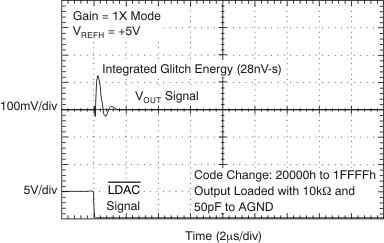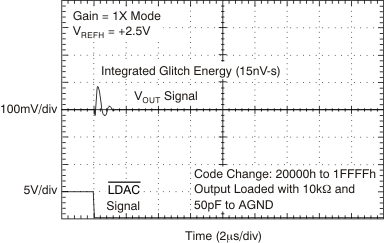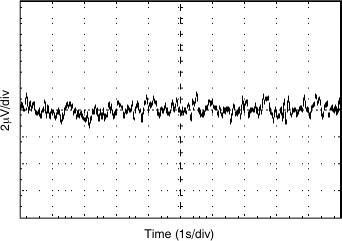JAJSI70C May 2008 – November 2019 DAC9881
PRODUCTION DATA.
- 1 特長
- 2 アプリケーション
- 3 概要
- 4 改訂履歴
- 5 概要(続き)
- 6 Pin Configuration and Functions
-
7 Specifications
- 7.1 Absolute Maximum Ratings
- 7.2 ESD Ratings
- 7.3 Recommended Operating Conditions
- 7.4 Thermal Information
- 7.5 Electrical Characteristics: AVDD = 5 V
- 7.6 Electrical Characteristics: AVDD = 2.7 V
- 7.7 Timing Requirements—Standalone Operation Without SDO
- 7.8 Timing Requirements—Standalone Operation With SDO and Daisy-Chain Mode
- 7.9 Typical Characteristics: AVDD = 5 V
- 7.10 Typical Characteristics: AVDD = 2.7 V
-
8 Detailed Description
- 8.1 Overview
- 8.2 Functional Block Diagram
- 8.3 Feature Description
- 8.4 Device Functional Modes
- 9 Application and Implementation
- 10Power Supply Recommendations
- 11Layout
- 12デバイスおよびドキュメントのサポート
- 13メカニカル、パッケージ、および注文情報
7.9 Typical Characteristics: AVDD = 5 V
at TA = 25°C, VREFH = 5 V, VREFL = 0 V, and gain = 1X mode (unless otherwise noted)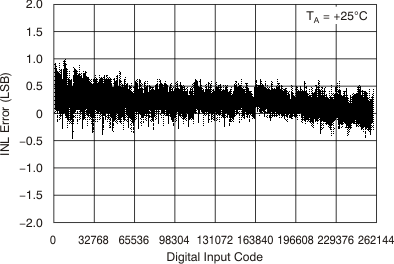
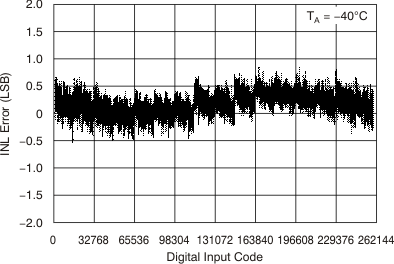
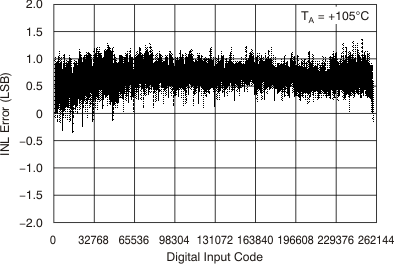
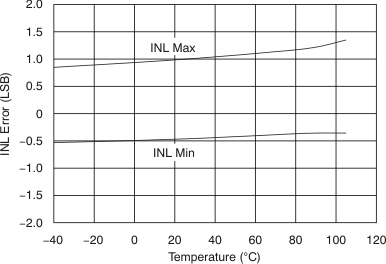
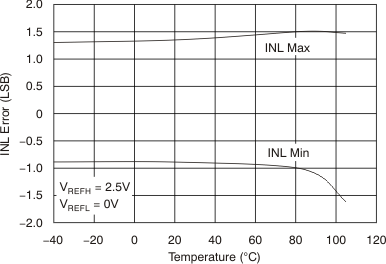
| Gain = 2X mode |
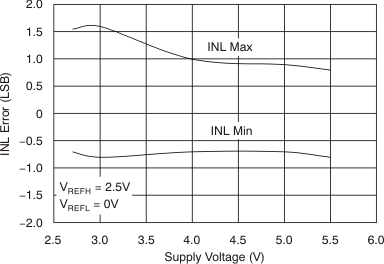
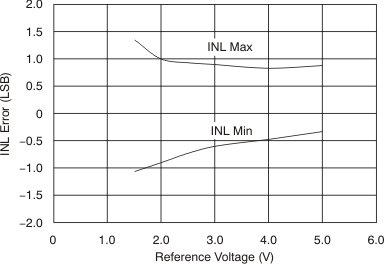
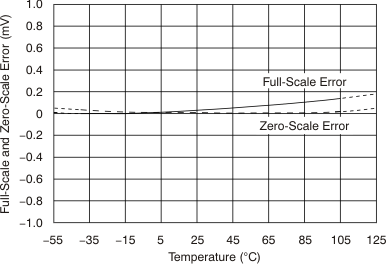
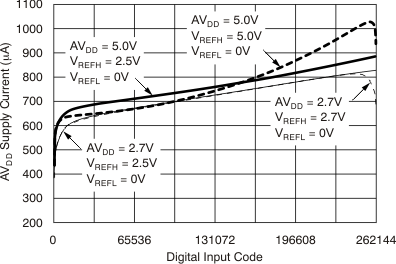
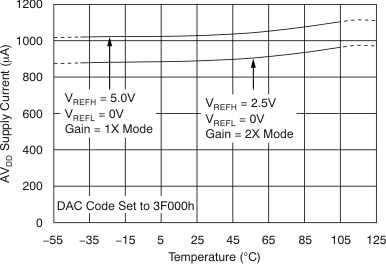
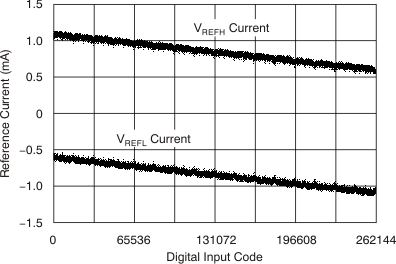
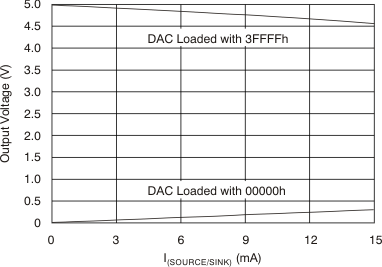
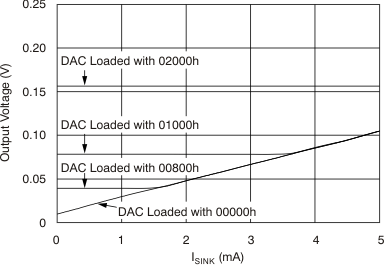
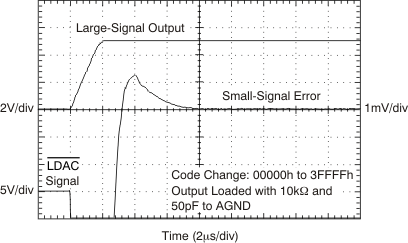
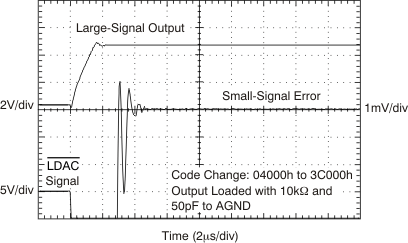
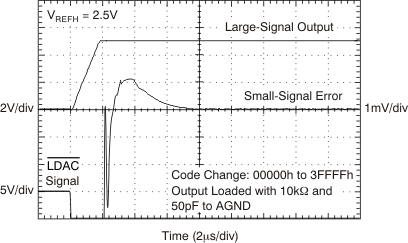
| Gain = 2X mode |
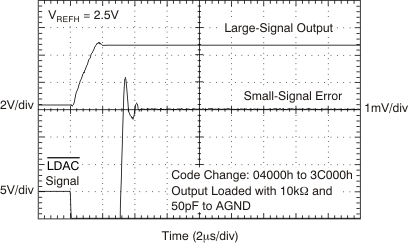
| Gain = 2X mode |
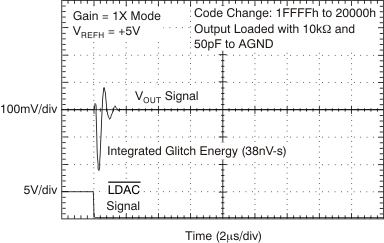
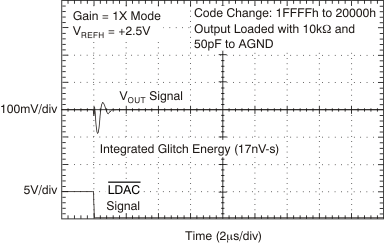
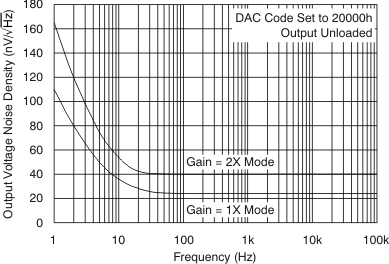
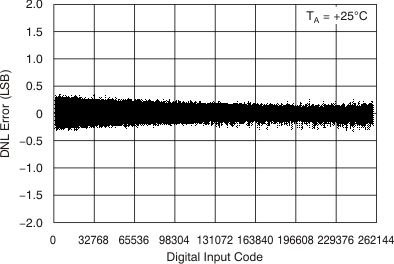
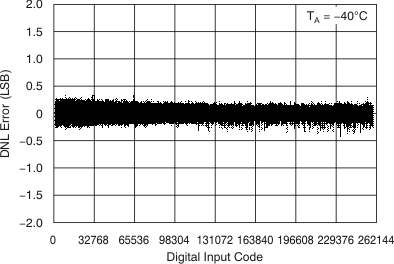
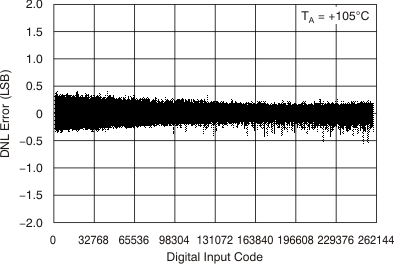
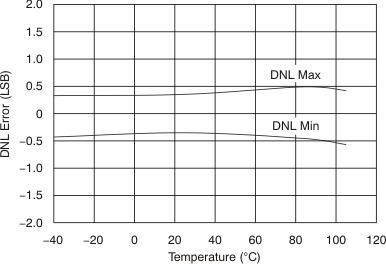
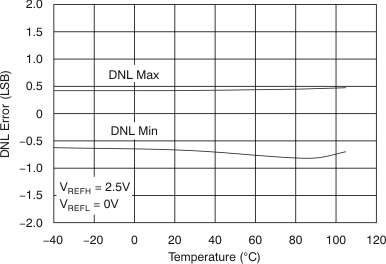
| Gain = 2X mode |
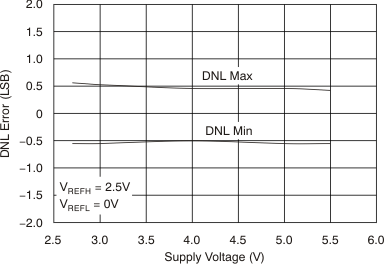
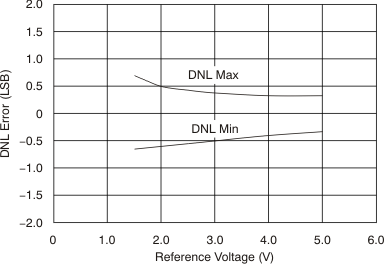
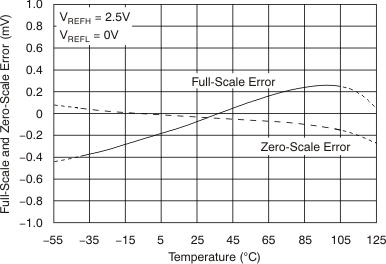
| Gain = 2X mode |
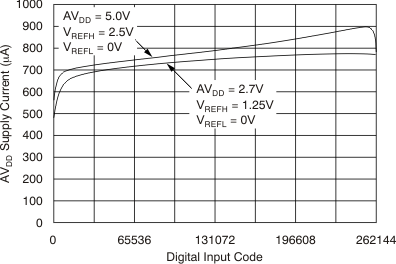
| Gain = 2X mode |
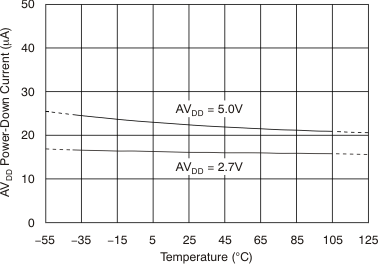
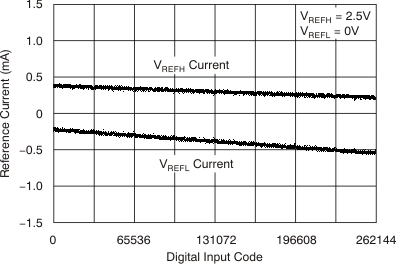
| Gain = 2X mode |
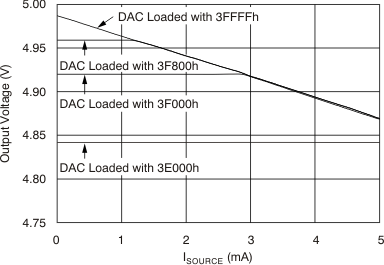
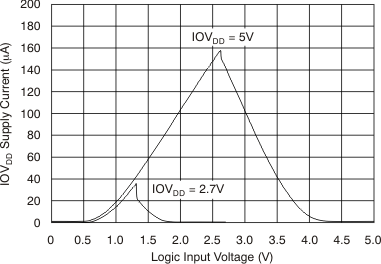
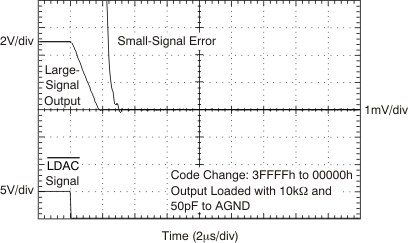
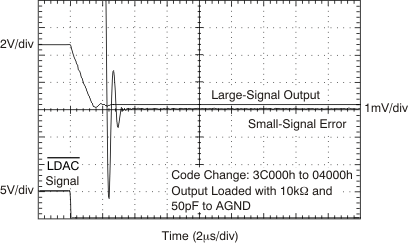
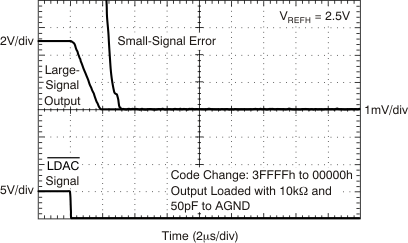
| Gain = 2X mode |
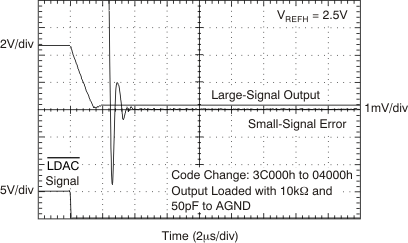
| Gain = 2X mode |
